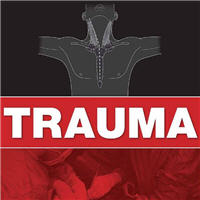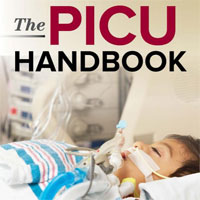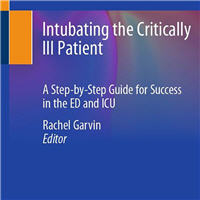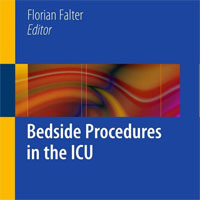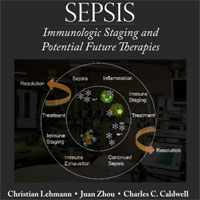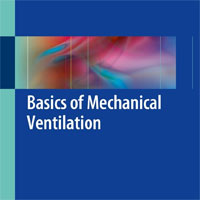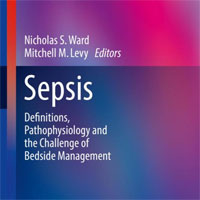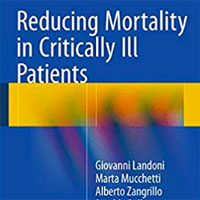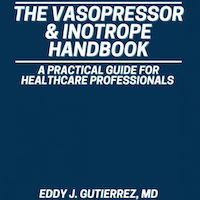Tag: shock
Predict Sepsis-Associated Vasopressor Use in the ICU
Domain adaptation improved performance of a model predicting sepsis-associated vasopressor use during external validation. 40 retrospectively collected features from the electronic medical records of adult ICU patients... read more
Cardiac Injury in COVID-19
Patients with coronavirus disease 2019 (COVID-19) can present with a large panel of cardiac manifestations, including myocardial infarction with (type 1) or without (type 2) obstructive coronary artery disease, arterial or... read more
Subtle Presentations of Shock in the ED Setting
The patient was a 2-year-old female with a history of allergy to peanuts who was brought to the emergency department by her mother because of a complaint of allergic reaction. Twenty minutes prior to arrival, the patient... read more
Angiotensin II in Post Cardiopulmonary Bypass Vasoplegia
Post cardiopulmonary bypass vasoplegia is common, and associated with poor outcomes. Traditional management strategies involving escalating doses of catecholamines, vasopressin and adjuncts such as methylene blue and hydroxycobalamin... read more
Validation of a Point-of-Care Capillary Lactate Measuring Device
Lactate Pro 2 had good agreement with the reference method using arterial blood but poorer agreement using venous blood. Our results show the potential for overestimation of the lactate values in haemodynamically compromised... read more
Timing of Endoscopy for Acute Upper Gastrointestinal Bleeding
In patients with high risk upper GI bleeding, who were treated with pre-endoscopy PPI and were not in persistent shock, an endoscopy performed at a median of 10 hours vs. a median of 25 hours post presentation did not reduce... read more
Physiologic Assessment: Variation in Fluid and Vasopressor Use in Shock
The decision whether to give more fluid during the management of shock can be somewhat provider-dependent. This multicenter prospective cohort study evaluated 1639 patients with hypotension requiring vasopressors. The... read more
An Evidence-Based Approach to Pressors in Shock
The evaluation and treatment of patients with cardiovascular shock is a cornerstone of emergency care. Unfortunately, the literature behind the use of vasoactive medications in cardiovascular shock is inconsistent. A Cochrane... read more
Guidelines for Burn Care Under Austere Conditions
The principles of care after disasters and mass casualty incidents are centered on doing the greatest good for the greatest number. From an airway and ventilation perspective, we have presented the issues that are likely... read more
Healthcare Provider Perceptions of Cardiopulmonary Resuscitation Quality During Simulation Training
Cardiopulmonary resuscitation performance during mock codes does not meet the American Heart Association's quality recommendations. Healthcare providers have poor insight into the quality of cardiopulmonary resuscitation... read more
Antipsychotics Not Helpful for Delirium in ICU
Delirium is a confused mental state that includes changes in awareness, thinking, judgment, sleeping patterns, and behavior. It can affect patients of any age but is more common among older adults who experience major illness... read more
Vasopressors and Inotropes for Shock Syndromes
Vasopressors and inotropes are cornerstones in the management of shock syndromes. Understanding vasopressors' receptor activity and resultant pharmacological response enables clinicians to select the ideal vasopressor(s)... read more
Similar Metabolic, Innate Immunity, and Adipokine Profiles in Adult and Pediatric Sepsis vs. SIRS
Sepsis presents with similar profiles in adult and pediatric patients, characterized by enhanced inflammatory hormonal response and by repressed innate immunity, metabolism, and myocardial contractility. These features early... read more
Annals of B-Pod: Neurogenic Shock
Shock is defined as the failure of circulation to provide adequate oxygenation to meet cellular demand. To better identify and manage this compromised physiologic state, shock is subcategorized into four... read more
In Shock: My Journey from Death to Recovery and the Redemptive Power of Hope
In Shock is a riveting first-hand account from a young critical care physician, who in the passage of a moment is transfigured into a dying patient. This transposition, coincidentally timed at the end of her medical training,... read more
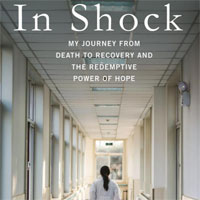
Less or More Hemodynamic Monitoring in Critically Ill Patients
The use of echocardiography should be initially encouraged in patients with shock to identify the type of shock and to select the most appropriate therapy. The use of more invasive hemodynamic monitoring techniques should... read more
Vasodilatory Shock in the ICU and the Role of Angiotensin II
With the approval and release of angiotensin II, a new vasoactive agent is now available to utilize in these patients. Overall, the treatment for vasodilatory shock should not be a one-size fits all approach and should be... read more
Shock: Roadside to Resus
If you're involved in the care of critically unwell patients then you will frequently encounter patients who are shocked. The European Society of Intensive Care Medicine defines shock as; "Life-threatening, generalized... read more
Cardiopulmonary Monitoring of Shock
Shock has potentially reversible causes of morbidity and mortality if appropriately diagnosed and managed. Older methods of invasive monitoring have significant limitations but are still critical for managing shock in certain... read more
Approach to the Critically Ill Child: Shock
If you mainly treat adults or both adults and children like me, then you have probably heard the (very annoying) quote, "kids are not just small adults", and so I won't say it again. Well, I guess I just did, but at least... read more
Hemodynamic Response After Rapid Sequence Induction With Ketamine in Out-of-Hospital Patients at Risk of Shock as Defined by the Shock Index
After ketamine induction, high shock index patients exhibited blunted hypertensive responses and more frequent hypotension, whereas low shock index patients had sustained increases in pulse rate and SBP. One hundred twelve... read more


